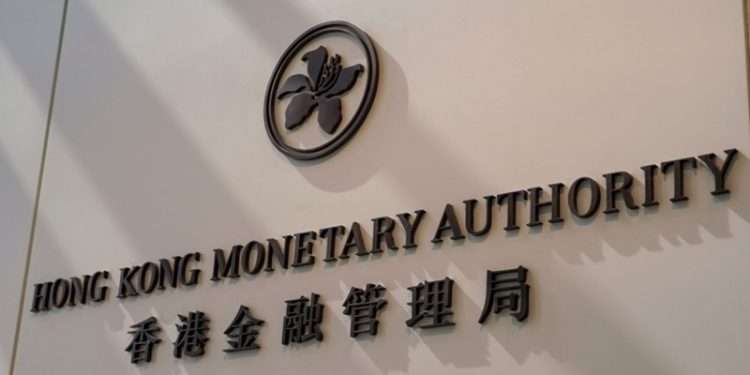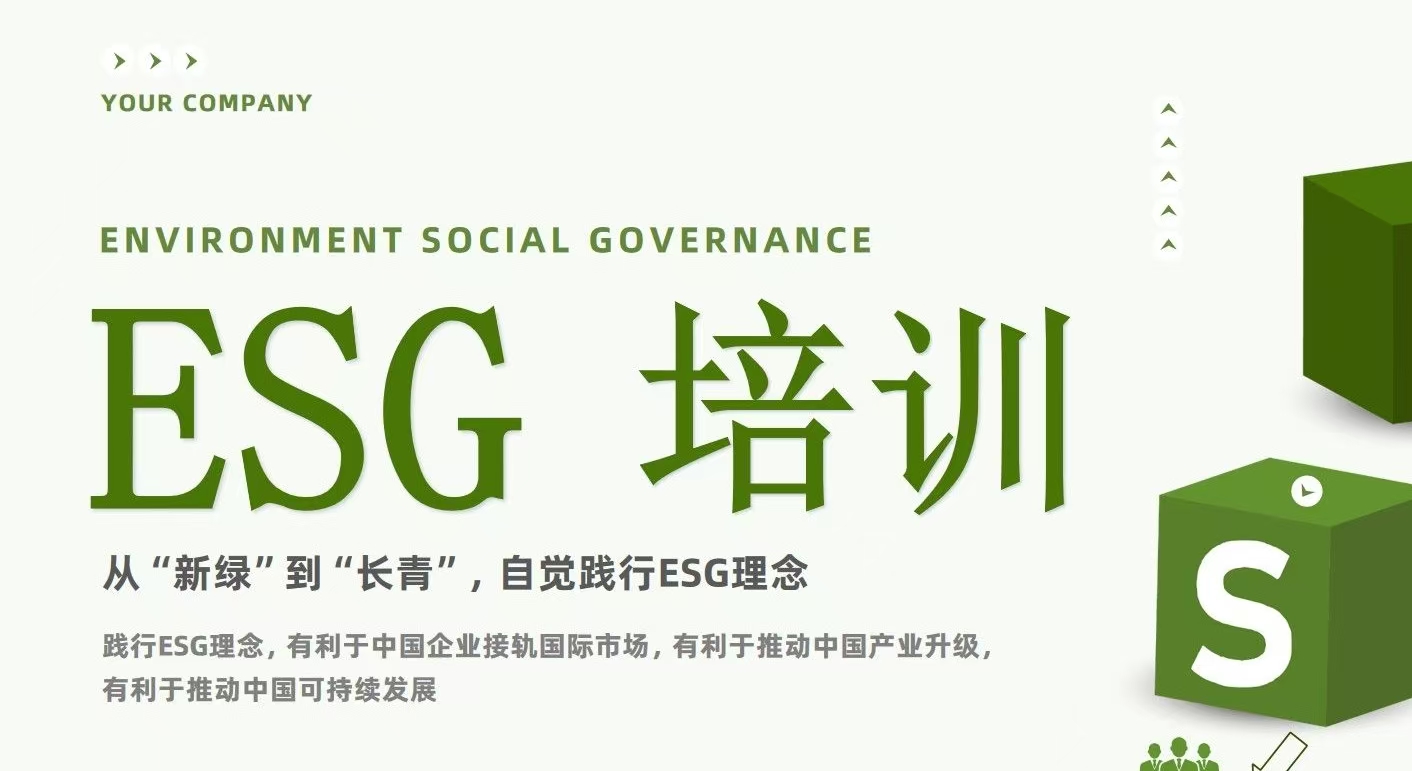Climate-related Risk Governance Report
The Hong Kong Monetary Authority (HKMA) releases a report on climate-related risk governance, aimed at summarizing the results of climate-related risk governance identified in regulatory activities and proposing good practices.
The Hong Kong Monetary Authority mentioned climate risk management in its 2021 Regulatory Policy Manual, providing guidance for the banking industry on climate risk management and allowing it to customize and improve governance frameworks and processes.
Related Post: Hong Kong Exchange Releases Guidance for Climate Disclosures
Climate-related Risk Governance Structure
The HKMA believes that banks should establish sound governance structures and clarify the responsibilities of the board of directors and senior management. Banks have expanded their governance structure responsibilities and made climate risk an important consideration. The board of directors and senior management are responsible for overseeing the bank’s climate-related risks and opportunities. The HKMA proposes the following good practices:
- Establish specialized committees to support the supervision of climate-related issues: Some banks have set up specialized sustainability committees or climate committees to oversee climate-related functions, manage ESG strategies, climate risks, sustainable businesses, etc. Some banking groups have also established relevant communication mechanisms to ensure effective supervision.
- Establish cross functional working groups to coordinate climate-related tasks: Most banks have set up cross functional working groups, including senior management and heads of various departments, to carry out actions within the institution.
- Continuous review of governance structure: Some banks regularly review their climate governance structure, taking into account regulatory developments. The improvement measures after the review include establishing a new committee, simplifying the reporting process, etc.
- Ensure that the board of directors and senior management fully discuss climate-related issues: Some banks include ESG and climate issues as regular items for committee meetings, ensuring that the board of directors and senior management regularly discuss climate issues and promptly address any issues identified. Some banks have strengthened their management information system reporting to facilitate monitoring of climate-related risks and opportunities.
Climate-related Risk Monitoring Mechanism
The HKMA believes that while establishing appropriate governance structures, banks also need to ensure effective and sufficient supervision of climate strategy and climate risk management by their board of directors and senior management. The HKMA proposes the following good practices:
- Promote and monitor the effective development and implementation of climate strategies: Most banks have established clear climate strategies that are typically aligned with regulatory policies in their jurisdictions. Some banks have set climate targets and committed to achieving net zero emissions in their operations and financing activities. Some banks have set decarbonization targets for high emission industries. Bank are also conducting regular substantive evaluations to identify the climate themes most relevant to its business and analyze the impact of climate risks in the short, medium, and long term. The climate strategy also includes climate measures and key performance indicators for different time frames.
- Implement appropriate climate risk management oversight: All banks have incorporated climate factors into their risk management frameworks to identify, assess, monitor, and control climate risks. Some banks have issued Climate Risk Appetite Statements and incorporated them into quantitative indicators. Some banks incorporate climate-related risk assessments into their credit risk assessment process through climate risk survey questionnaires, climate risk rating frameworks, and other means, and conduct enhanced due diligence on high carbon emission industries.
- Cultivate a strong climate risk culture: Banks are collaborating with internal and external stakeholders to cultivate a climate risk culture. Some banks incorporate climate factors into performance evaluations and establish standards for employees that are commensurate with their responsibilities. Some banks provide climate and ESG training for their employees to increase their awareness of climate-related risks and opportunities. Some banks have already released climate-related information disclosure reports in accordance with international standards.
Reference:









